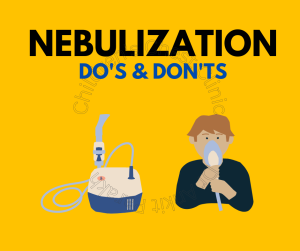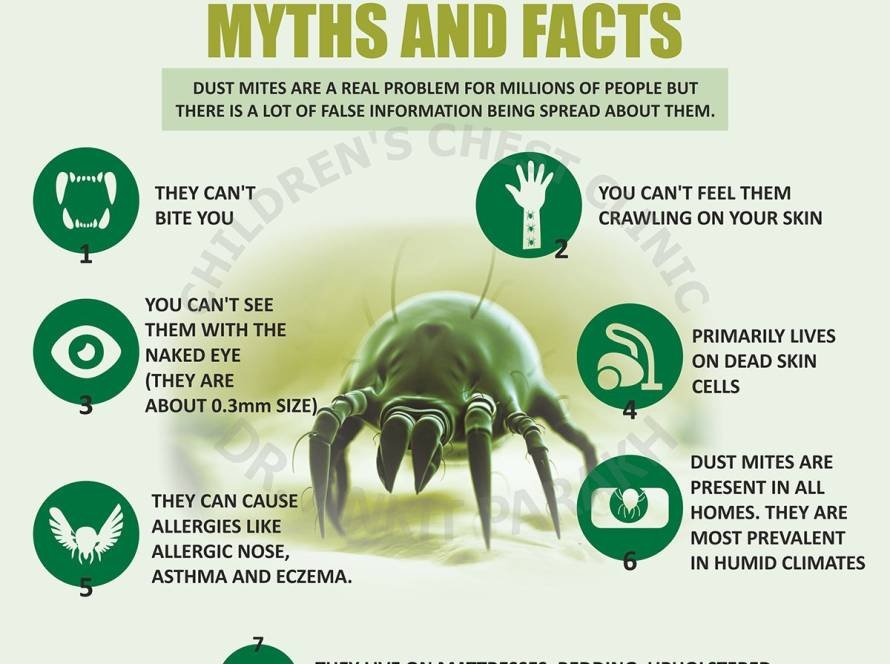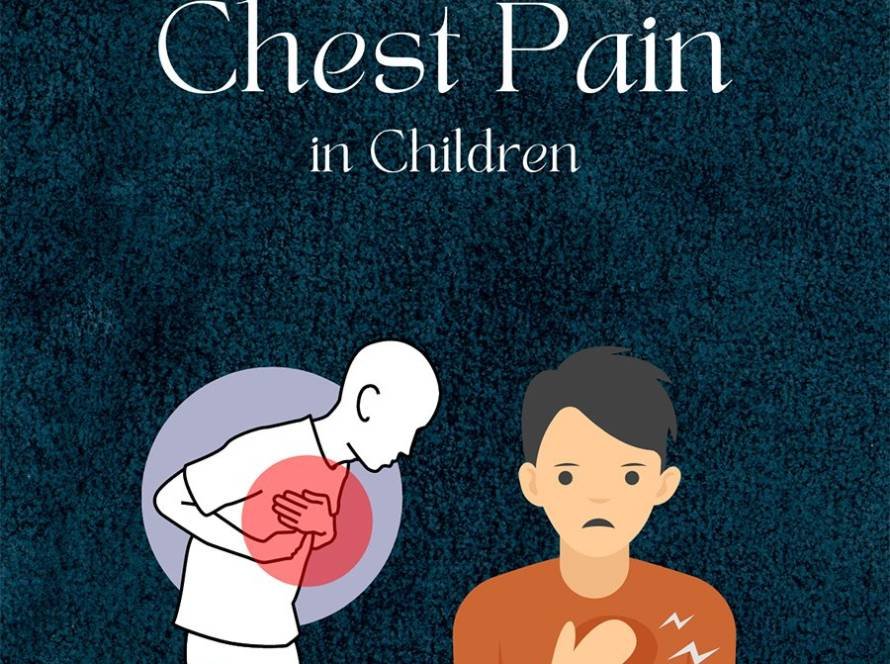A nebulizer is a small machine which is used for children and adults having respiratory problems. Nebulizer helps to effectively deliver medicines to the lungs. The medicine used in nebulizer is in the form of a liquid. The nebulizer converts the medicine to an aerosol (tiny particles of medication in the air) which the person can inhale into their lungs. For best results we need to follow good nebulization practices. In this article we briefly discuss the do’s and don’ts.
Know your child’s respiratory problem?
Most people believe that nebulization can relieve any respiratory symptom like cough, breathlessness, wheezing and breathing difficulty. Nebulization is not required for all coughs and colds. You shouldn’t use a nebulizer without first identifying the cause of your child’s cough or illness. Nebulizer should only be used with a doctor’s advise and should not be repeated unless advised.
Nebulization can be helpful for short term wheezing or asthma symptoms. For children with repeated episodes of wheezing or asthma, using inhalers is more appropriate. Inhalers have many advantages over nebulizers for long term use.

Know nebulization medicine?
The medicines used in a nebulizer might be a bronchodilator (medicine which relieves the tight muscles around airways or bronchi), steroids, antibiotics and hypertonic saline. The most common medicine used is a bronchodilator (salbutamol or levo-salbutamol), used for children with asthma or wheezing. Steroids might occasionally be used with a nebulizer for specific problems like a viral croup, cystic fibrosis or asthma. Antibiotics are used in children with bronchiectasis or cystic fibrosis. Hypertonic saline (3% or 7%) is used for children with bronchiolitis and cystic fibrosis.
Know how to use a nebulizer?
Proper use of nebulizer is important for optimal benefit. The nebulizer cup/chamber and mask or mouthpiece needs to be assembled. The recommended medicine needs to be added to the nebulizer chamber. When the nebulizer is turned on, vapor should be seen coming from the chamber. For the vapour to reach the lungs it is recommended to the mask or the mouthpiece with the nebulizer chamber. Ask the child to breathe in and out slowly until the nebulizer machine stops making the vapor. This process is usually completed in 10 to 20 minutes.
Know how to take care of your nebulizer?
Nebulizers if not kept clean can cause more harm than good. Unclean nebulizer can be a breeding ground for molds. After each use, rinse the nebulizer cup with warm water and let it air-dry. The nebulizer cup, mask and mouthpiece should be washed with a mild detergent. Twice a week the nebulizer cup needs to be disinfected with a vinegar solution (½ cup of white vinegar with 1½ cups of water) for 15-20 minutes.
If your child is having chest problems you need to consult a pediatric chest specialist for a proper diagnosis and medication recommendations before using a nebulizer.






